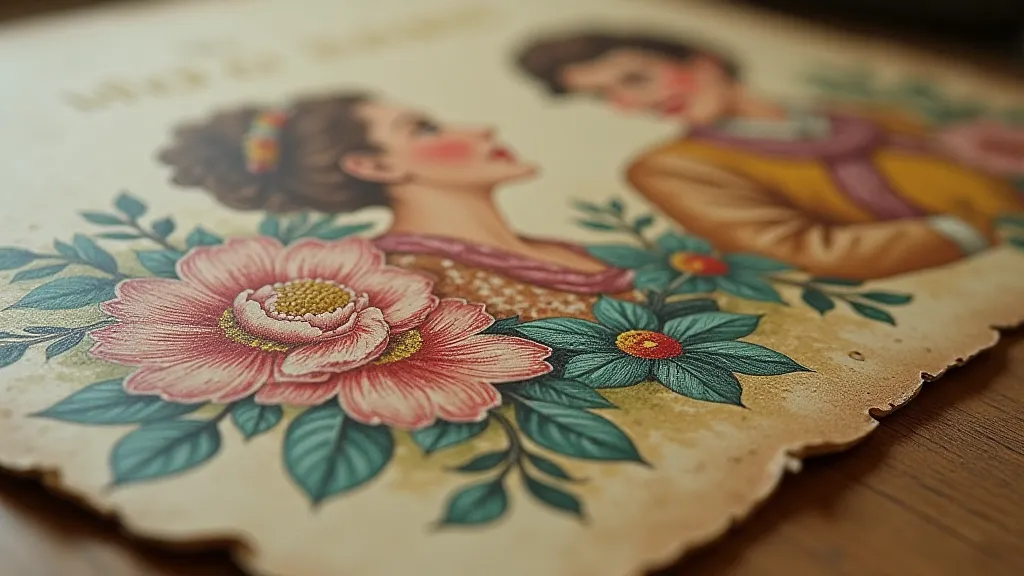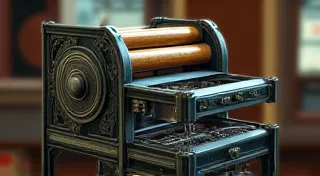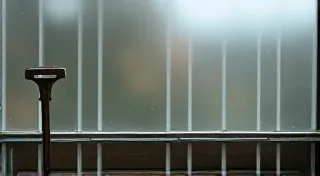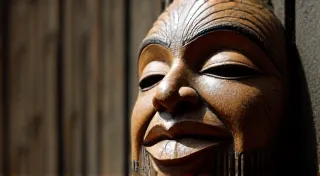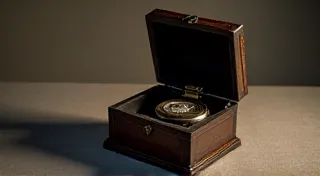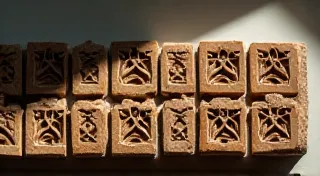The Cartophilic Muse: Inspiration and Artistic License in Postcard Depictions
There's a particular scent associated with vintage postcards – a whisper of aged paper, dried ink, and the faintest trace of the era they hail from. Holding one feels like connecting with a tangible memory, a captured moment sent across time. But what if those moments weren’t entirely… real? For the passionate collector – the philatelist at heart – understanding the 'why' behind a postcard's imagery is as vital as appreciating its condition and rarity. This isn’t just about documenting places; it's about exploring the fascinating interplay between artistic license, commercial interests, and the enduring human desire to create a more appealing version of reality.
My own journey into postcard collecting began unexpectedly. My grandmother, a quiet woman with a fondness for faded photographs and untold stories, bequeathed me a box brimming with postcards from the early 20th century. Initially, I was drawn to the vibrant colors and the promise of travel – images of bustling boardwalks, grand hotels, and idyllic landscapes. But as I began researching the places depicted, a more complex picture emerged. The vibrant boardwalk wasn’t always so vibrant; the grand hotel faced financial struggles; the idyllic landscape was often marred by industrial progress.
The Era of the Curated View
The “Golden Age” of postcards, roughly from 1905 to 1920, coincided with a period of rapid societal and technological change. Mass printing techniques made postcards affordable and accessible to a wide audience. Publishers recognized a powerful opportunity – not just to document places, but to *sell* an aspiration. This meant, often, embellishing, romanticizing, and outright inventing elements to make a location more appealing to potential tourists and those dreaming of escape.
Consider the seaside resorts. Early postcards frequently depicted breathtaking sunsets, pristine beaches, and elegantly dressed bathers – a far cry from the gritty reality of crowded promenades and murky water. Mountain scenes weren't merely photographed; they were often enhanced with dramatic lighting and idealized foliage. Small towns were presented as centers of thriving industry and social progress, even when struggling with poverty and hardship. It wasn’t necessarily deception; it was a carefully constructed narrative designed to inspire wanderlust and boost local economies. The image was a promise, a curated experience waiting to be discovered.
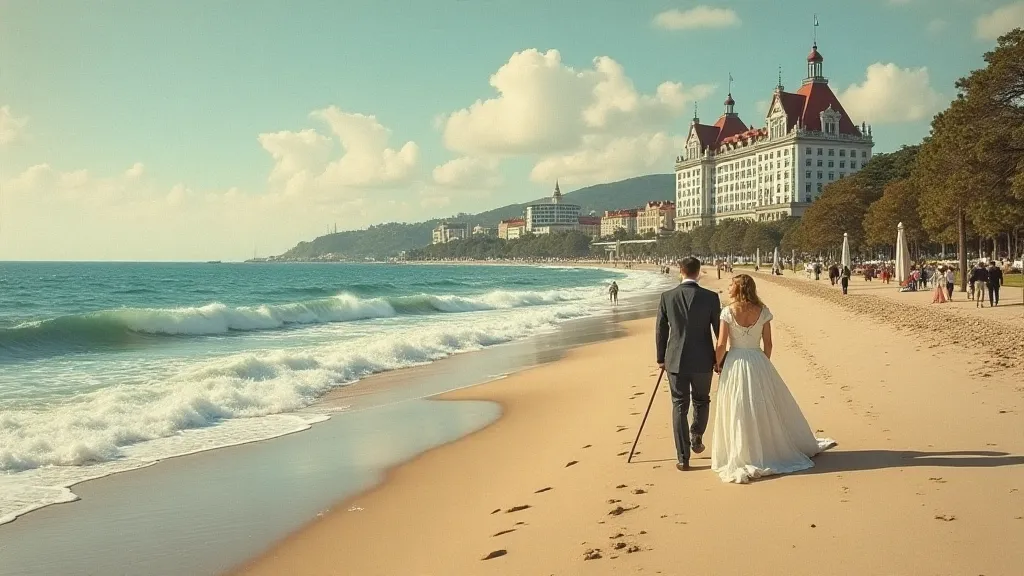
The Artist’s Hand and the Publisher’s Vision
The process often involved collaboration between photographers and artists. While the photographer provided the initial image, artists would then add color, detail, and sometimes entirely fabricated elements. "Real Photo Postcards" (RPPCs) – genuine photographs printed directly onto postcard stock – were popular, but even these were often retouched or manipulated in the darkroom. The evolution of printing technology also played a crucial role. Lithography allowed for increasingly detailed and colorful illustrations, while photogravure offered a more photographic look with enhanced tonal range.
The publishers were shrewd marketers. They understood that people wanted to believe in the promise of a better place, a more exciting life. They catered to this desire by creating images that were both visually appealing and emotionally resonant. Some publishers even commissioned entirely fictitious scenes, passing them off as real locations. Identifying these "fantasy postcards" can be a fascinating challenge for experienced collectors, requiring careful analysis of the imagery, typography, and historical context.
Beyond the Pretty Picture: Understanding Historical Context
For the dedicated postcard collector, the historical context is paramount. Examining a postcard isn’t just about appreciating its artistic merit; it's about understanding the social, economic, and political forces that shaped its creation. Why was this particular location chosen? What was the intended audience? What message was the publisher trying to convey? Answering these questions can unlock a deeper understanding of the era and the people who lived through it.
Consider postcards depicting mining towns. The imagery often emphasized the abundance of natural resources and the prosperity of the industry, glossing over the harsh working conditions and environmental degradation. Similarly, postcards from rapidly industrializing cities often portrayed a veneer of progress and modernity, masking the poverty and pollution that plagued many urban areas. These subtle distortions offer valuable insights into the complexities of the time.
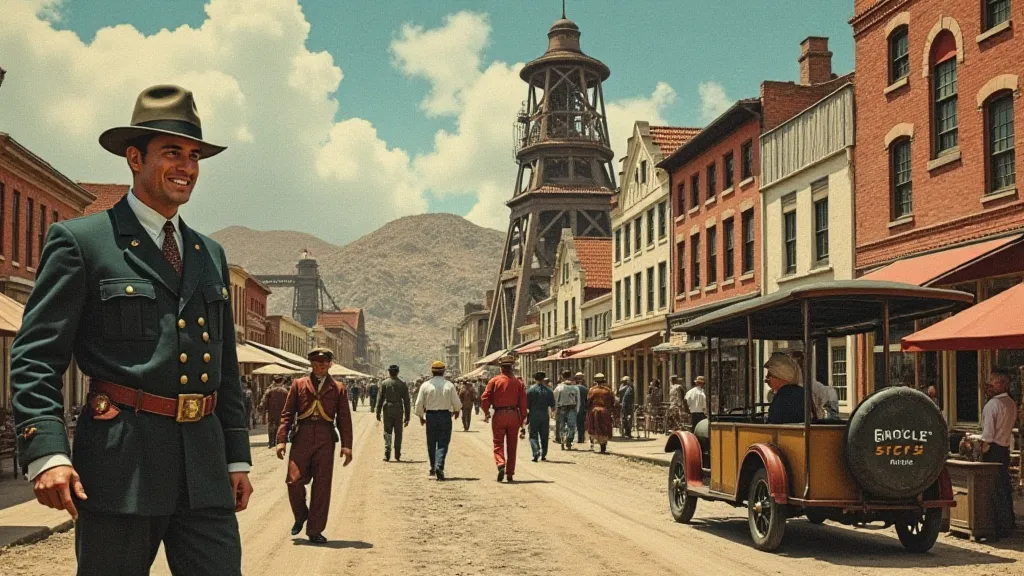
Restoration and Preservation: Honoring the Past
As with any antique, postcard preservation is a delicate art. While cleaning and restoration can enhance a postcard’s appearance, it’s essential to avoid damaging the original image or altering its historical significance. Aggressive cleaning can strip away the original ink and paper fibers, while overzealous restoration can obscure subtle details and distort the postcard’s authentic character. Many collectors prefer to leave postcards in their original, aged condition, recognizing that the wear and tear tell a story of their own.
Proper storage is key to preventing further deterioration. Postcards should be stored flat in acid-free sleeves or albums, away from direct sunlight and extreme temperatures. Handling postcards with clean, dry hands is also crucial to prevent the transfer of oils and dirt. For particularly valuable or fragile postcards, archival mounting techniques may be employed to ensure long-term preservation.
The Enduring Appeal of the Cartophilic Muse
Collecting vintage postcards is more than just acquiring pretty pictures; it’s about engaging with a fascinating window into the past. It’s about appreciating the artistry, understanding the historical context, and preserving a tangible link to a bygone era. The deliberate embellishments, the romanticized landscapes, the carefully constructed narratives – all these elements combine to create a unique and captivating form of visual storytelling. The “cartophilic muse,” as I like to call it, continues to inspire and enchant, offering a constant reminder that the pursuit of beauty and the desire to create a better world are timeless human endeavors.
